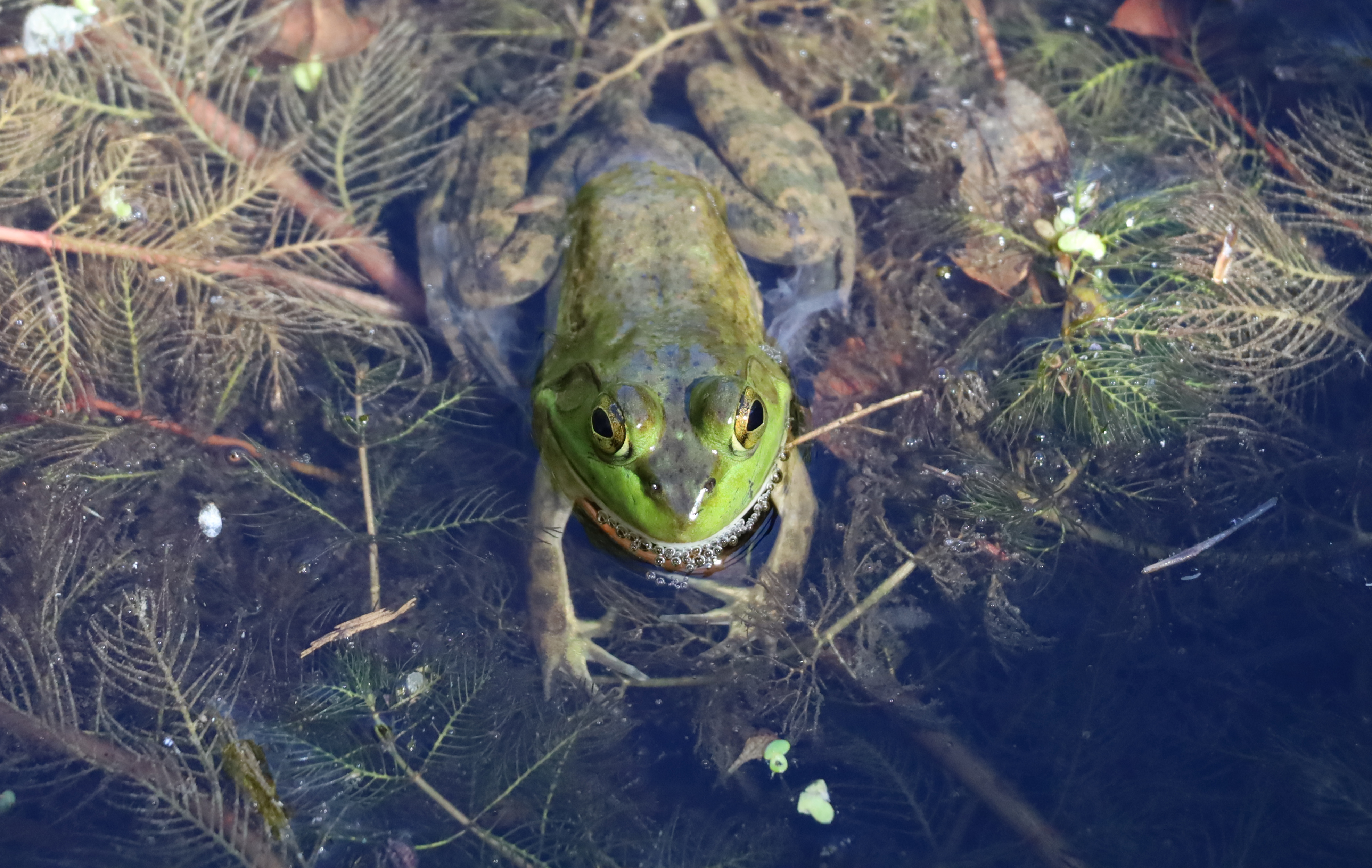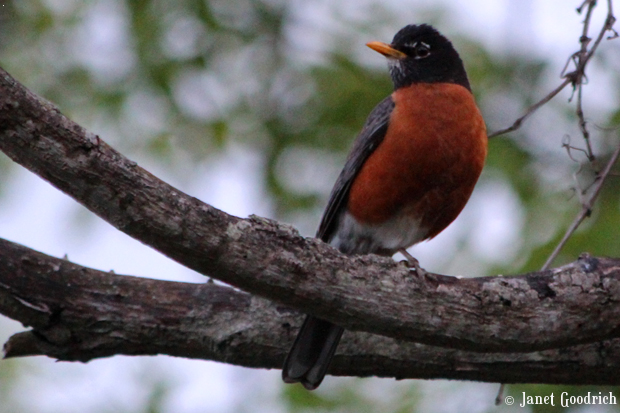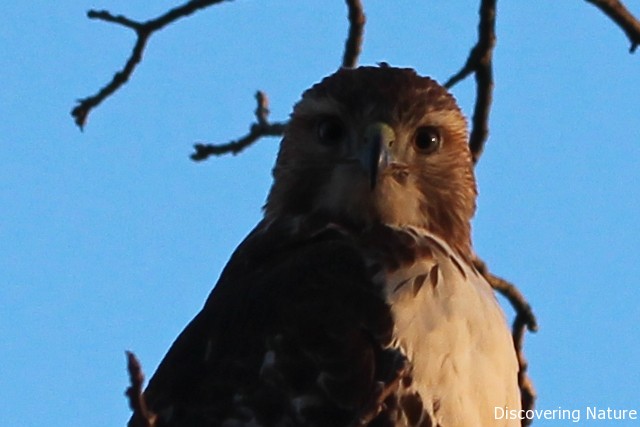Pond Album
I never followed up my heron post with the other pictures from my Sapsucker Woods walk. Here they are — a reminder that we always see new sights. Several of these plants are unfamiliar to me, and I need to follow up on them.
I’d also like to learn more about frogs. Years ago I took a picture of one sitting atop the ice on a frozen marsh in winter. On this walk, I saw this handsome fellow with his bubbly smile. I wonder: why the bubbles?
Anna Botsford Comstock is no help in this, but I do learn from her Handbook of Nature Study that:
- Their ears are the round gray spots next to their eyes. They’re visible on the frog in the picture.
- Frogs hibernate, burrowed into the mud of ponds. What made the one on ice appear in January remains a mystery. Reading the rest of that post makes me think it was an unseasonably warm spell, because the birds also were behaving as if it was spring. The frog may have been doing the same thing.
- They are a favorite food of herons. This I knew already.
- They can cover ground much more quickly than toads due to their muscular, developed hind legs, but water is their home environment.
- Frogs have a chameleon power to change to the color of their surroundings. This reminded me of one that I found on my kitchen counter shortly after my husband and I moved in. At that time the counter was dark green — in keeping with the original ’70s vintage of the kitchen! — and the frog sat motionless on it, identical in color, next to the sink. I was sure it was a prank, a plastic frog placed there by my husband, but in fact it was a real frog. I have no idea how it got there, other than perhaps it came through the drain. It’s the one and only indoor frog I’ve ever seen. I moved it out to the front step and later in the day it was still there but had changed to gray.
So much for my brief investigation of Comstock’s comments on frogs. Now on to the pictures.



